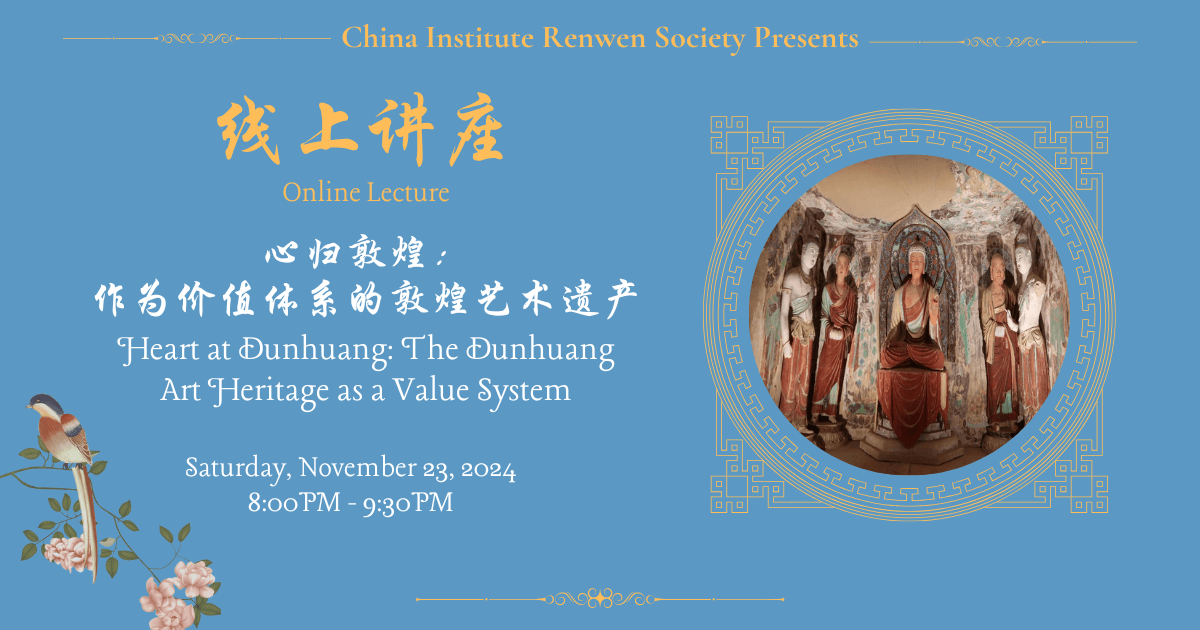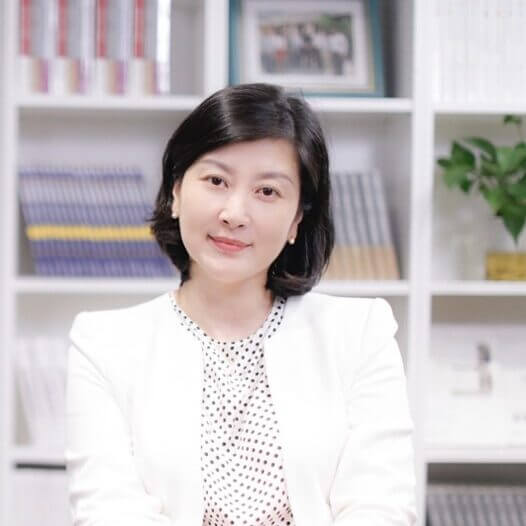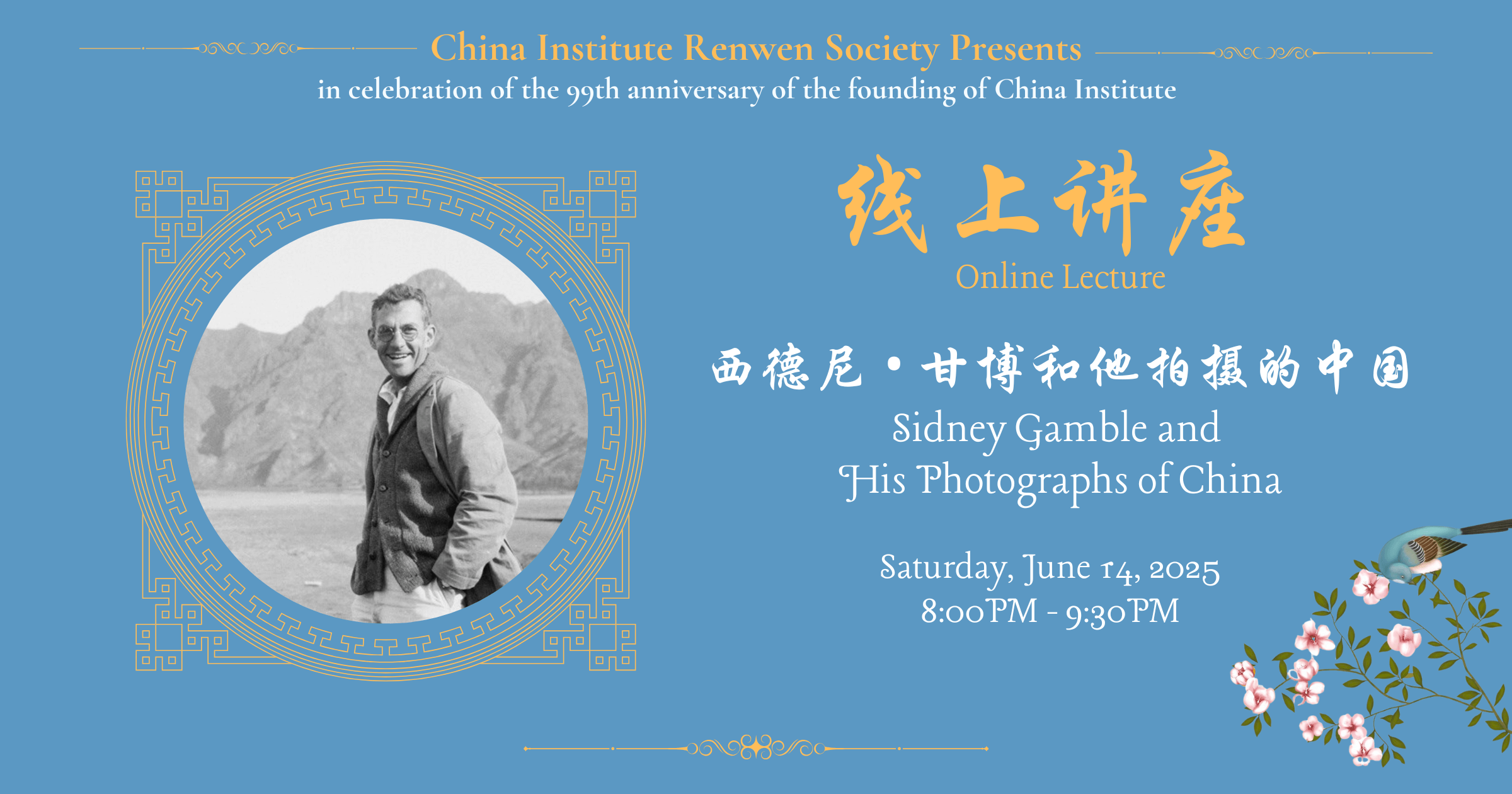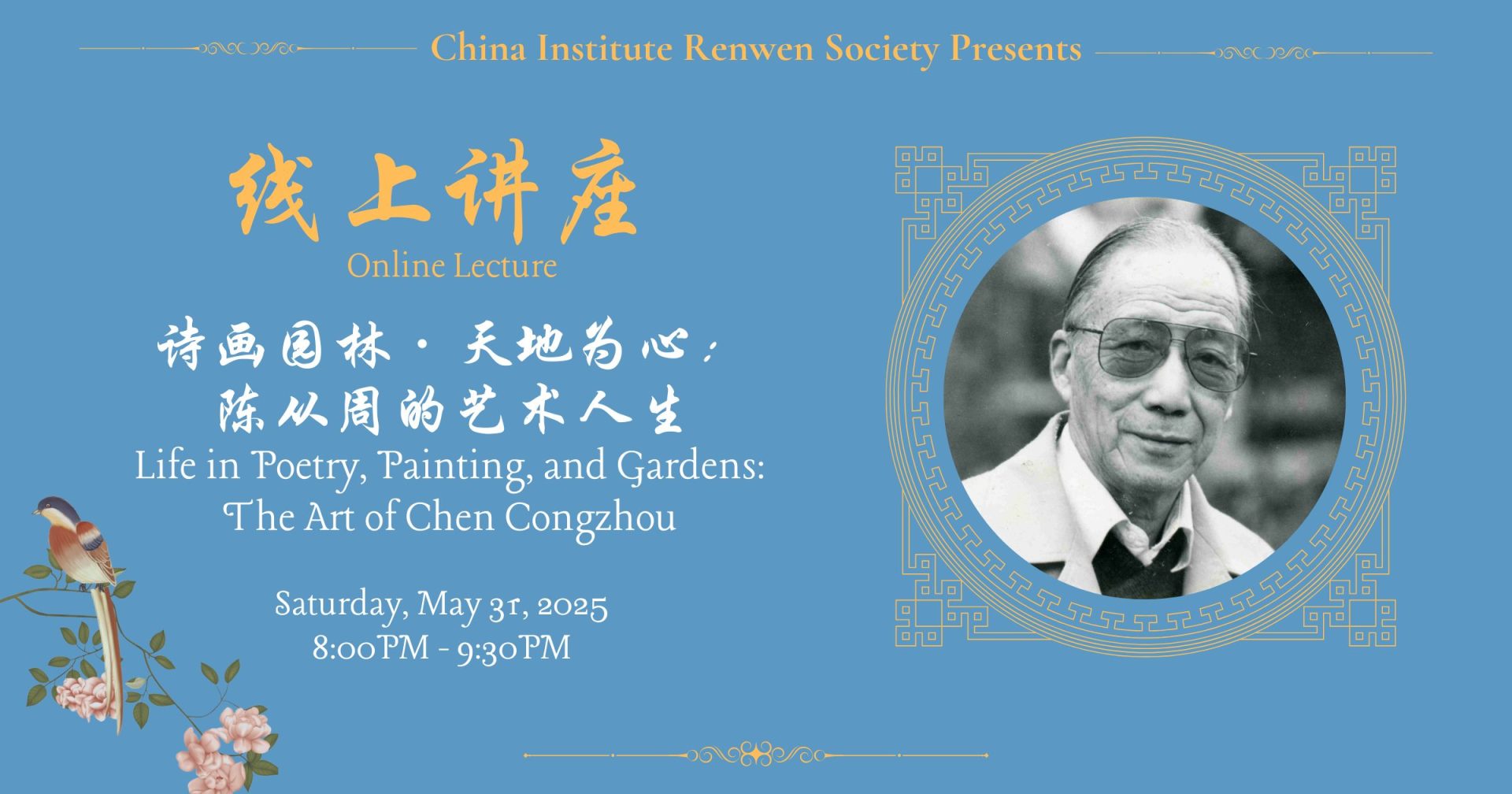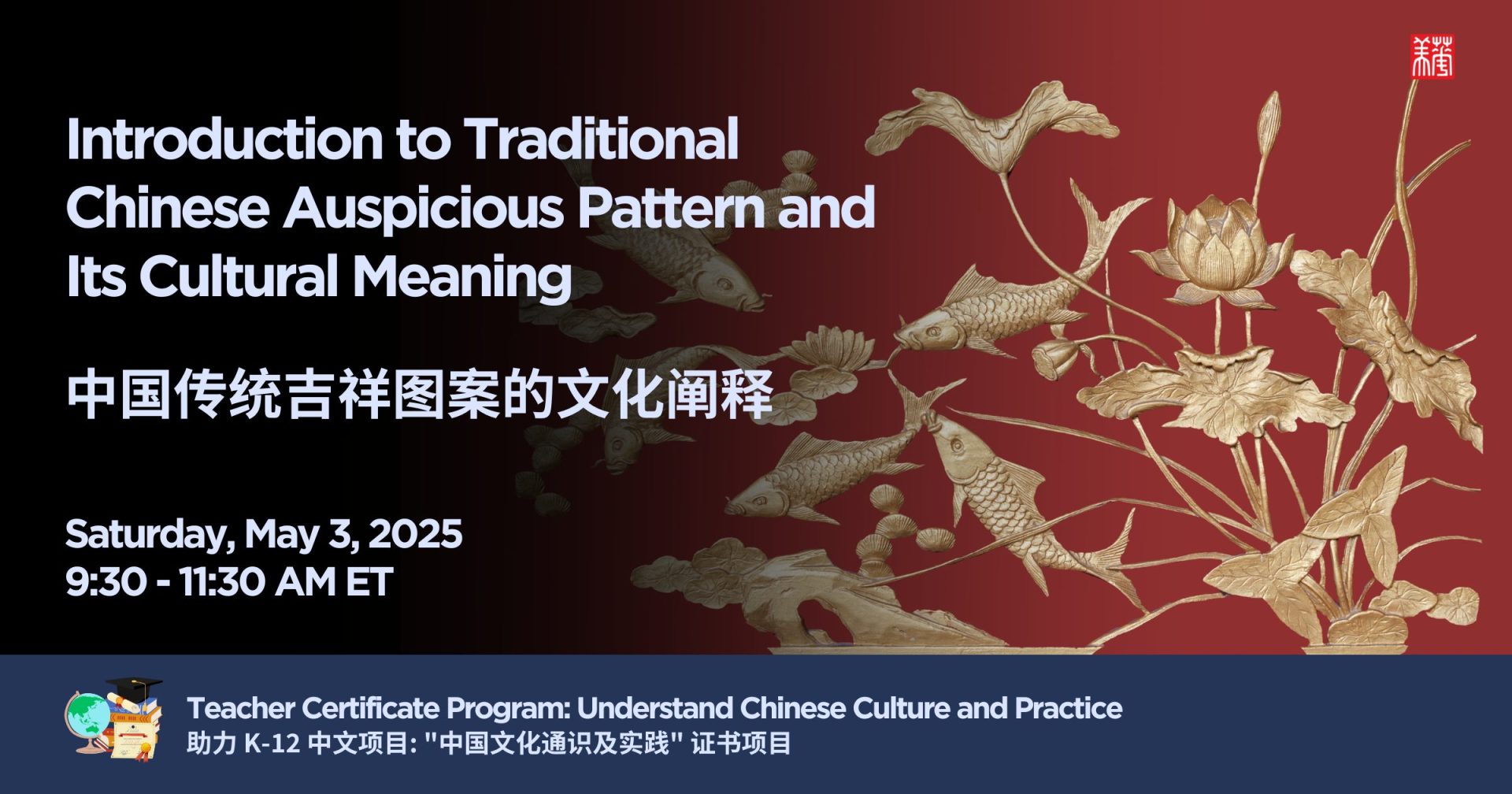Dunhuang’s cultural and artistic achievements, based on Chinese traditions and absorbing influences from Indian, Greek, Persian, and Central Asian cultures, provide a unique window into the world’s cultural history. After 1,600 years of history, the legacy of these ancient artworks continues to offer a vivid history of painting, sculpture, and Buddhist imagery. The Mogao Caves, a Buddhist site that has been continuously constructed for over a millennium, house an unparalleled collection of art and manuscripts. As such, Dunhuang’s art heritage is a rich repository of aesthetic and spiritual values, containing the essence of Chinese culture and embodying the spirit of inclusivity and harmony inherent in the Silk Road’s cross-cultural exchanges.
The lecture will explore five key aspects: “Presence of the Soul,” “The Mogao Caves,” “Enduring Struggles for Excellence,” “Eternal Remembrance,” and “Guardians of Mogao.” Through personal stories, Professor Gu will share the life and contributions of Fan Jinshi and the people of Mogao Caves, recounting her experiences in Dunhuang archaeology, academic research, and cultural preservation. The lecture will also trace the development of the Dunhuang Academy, the history of Dunhuang studies, and the scholarly work surrounding the preservation and protection of Dunhuang’s art.
敦煌艺术遗产是中华文明的瑰宝,不仅展现了中国古代艺术的精湛技艺,也承载了丝绸之路文化交流的深厚底蕴。它以其独特的壁画、雕塑和文献,成为连接东西方文化、宗教与思想的重要桥梁。华美人文学会于美东时间11月23日晚8时至9时半(北京时间11月24日上午9时至10时半)特邀北京大学顾春芳教授做《心归敦煌:作为价值体系的敦煌艺术遗产》专题讲座。
讲座将围绕“心灵的在场”“敦煌莫高窟”“艰苦求卓绝”“永远的怀念”以及“莫高窟守护人”五个方面展开,从作者的亲身经历讲述樊锦诗和莫高窟人的生命故事和感人事迹。以樊锦诗亲历的敦煌考古、学术研究和文物保护事业的风雨历程,回溯敦煌研究院的发展史,敦煌保护和研究的学术史,阐释敦煌艺术和敦煌文书在世界文明史上独一无二的价值。敦煌莫高窟的文化和艺术是以中国文化艺术为基础,吸收了印度文化、希腊文化、波斯文化和中亚文化融汇而成的。历经1600多年的历史风雨,这些古代的艺术能留存下来,展现给世人一部立体的绘画史、雕塑史、形象的佛教史。世界上没有一处佛教遗址能绵延千年建造,又保存如此丰厚博大的艺术宝库和文献宝藏,因此敦煌艺术遗产包含着极为重要和丰富的美学资源,在各个方面均蕴含着中国人的心灵和精神密码。与此同时,敦煌艺术遗产也见证着丝绸之路上中外文明的交相辉映和相互融通,蕴含着中华民族以和为贵、海纳百川、天下一家的思想传统,彰显了中华文明对人类文明进步的精神性贡献。因此,敦煌艺术遗产的美学研究是一个研究中国美学和中国文化的独一无二的意义体系和价值体系。
China Institute’s cultural programs are made possible by the New York State Council on the Arts with the support of the Office of the Governor and the New York State Legislature.

